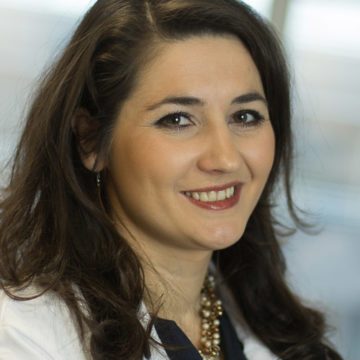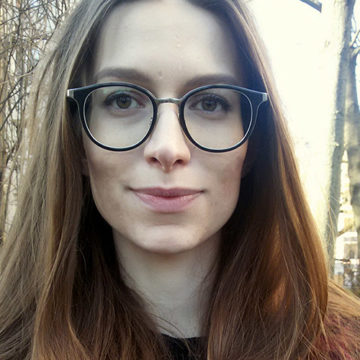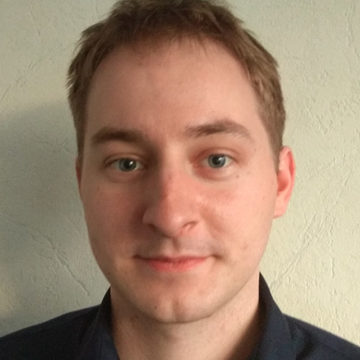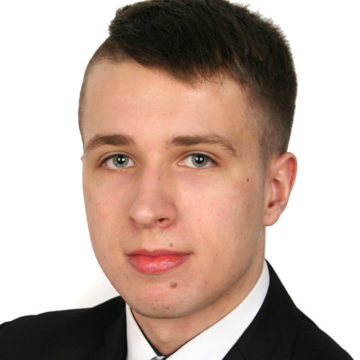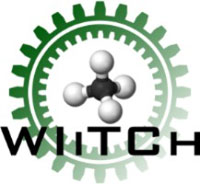Synthesis and photochemistry/photophysics studies of the intelligent luminescent molecular sensors for selective detection in biochemistry and chemistry

PROJECT
The main objective of the project is design, synthesis, characterization and investigations of compounds that exhibit luminescence or fluorescence strongly dependent on changes in their environment. These compounds will be applied in biological and chemical studies as well as pharmaceutical and polymer industry, and environmental protection.
The main purpose of this project is the synthesis of new high performance luminescent molecular sensors as well as their quantitative spectrophotometric and spectrofluorometric studies. The developed novel systems will be examined for their suitability, efficiency and effectiveness in real time monitoring of a variety processes using spectrometric methods.The prepared systems will be characterized in terms of their lifetime and quantum yield of fluorescence, photostability, Stokes’ shift and the value of the dipole moment in the excited state. Probes with the highest values of features mentioned above will be particularly desirable, because of their strong dependence on the changes of pH, polarity, ionic strength, viscosity, formation of hydrogen bond and presence of quenchers. These compounds will be applied in biological and chemical studies as well as pharmaceutical and polymer industry, and environmental protection.
The development of luminescent sensors/probes has allowed us to gain enormous knowledge that has undoubtedly promoted high-tech innovations and benefited the whole world. The breakthroughs in the understanding and applications of the light-emitting processes have opened new avenues to scientific advancement and societal development. This is exemplified by the Nobel Prize awarded to the work on the development of green fluorescent proteins (GFP), which has enabled us to “see” never before seen biochemical structures and processes to gain extraordinary knowledge and insights into biological pathways. Research on luminescent materials remains a principal focus and hot topic in the scientific community for its vast potential.
Fluorescence spectroscopy is an important analytical technique that has been widely used in a variety of applications, such as biomedicine, biology, and science, which makes it unique thanks to extraordinary sensitivity and selectivity, short delay time (<10-9 s), and the fact that it is neither invasive nor destructive, so it can be used for the in-situ measurements. However the incorporation of additives with the fluorescent groups is necessary. When the fluorescence emission of these molecules is sensitive to changes of properties, such as polarity, fluidity, order, molecular mobility, pH, or electric potential, they can be used for detecting such changes in their microenvironment, and they are called luminescent or fluorescent probes,. As long as these probes can follow processes of practical interest, they can be employed as sensors, if the information given by the measure of fluorescence adequately reflects the changes in the system. In addition, a sensor must fulfil some other requirements in order to make them of practical use, the most important one being sensitivity and selectivity of these sensors. This support should permit a rapid detection of the process and should allow easy processing in a variety of forms.
The development of new sensor technologies is a very dynamic area of research. This is evidenced by the number of publications relating to the molecular luminescent probes appearing each year in the Scopus electronic literature database. Since 1958 the annual amount of new publications on obtaining and developing new sensor technologies has grown rapidly, and at the end of 2015 it reached a level of over 3000 items (3153 publications). The observed intensification of works on this subject is likely to be related to the development of chemistry of polymers, biochemistry, biotechnology and nanotechnology, which took place in the last decade.
PROJECT TEAM
Meet the people involved in the project
NEWS
Follow the progress of the project.
CONTACT
Cracow University of Technology,
Faculty of Chemical Engineering and Technology,
Laboratory of Photochemistry and Optical Spectroscopy
Warszawska 24 St.
31-155 Cracow, Poland
tel.: +48 (12) 628-31-36
Joanna Ortyl, PhD
jortyl@chemia.pk.edu.pl
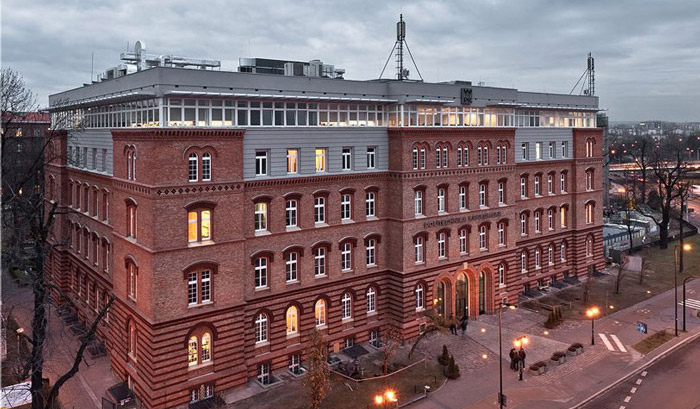
FUNDING
The project is financed within the framework of the POWROTY/REINTEGRATION Programme
The POWROTY/REINTEGRATION Programme is part of the Grant Project of the Foundation for Polish Science European Funds within the Smart Growth Operational Programme 2014–2020 Priority Axis IV: Increasing the scientific research potential Measure 4.4: Increasing the human potential in the R&D sector
Project value: 800 000,00 PLN/EU grant value: 800 000,00 PLN
The aim of the POWROTY/REINTEGRATION programme is to improve the human potential in the R&D sector by financing innovative projects designed as postdoctoral fellowships, carried out by young doctors (postdocs) from all over the world (regardless of nationality), returning to scientific research after a break in R&D work, at research units or companies in Poland, working in the most innovative areas, with the involvement of a scientific partner, i.e. local or foreign research partner.
The Foundation for Polish Science has been in operation since 1991. It is a non-governmental, non-political, non-profit institution which pursues the mission of supporting science. It is the largest source of science funding in Poland outside of the state budget.The Foundation realizes its statutory purposes through:
- Support for distinguished scholars and research teams in all fields of inquiry
- Assisting innovative ventures and commercialization of scientific discoveries and inventions.

